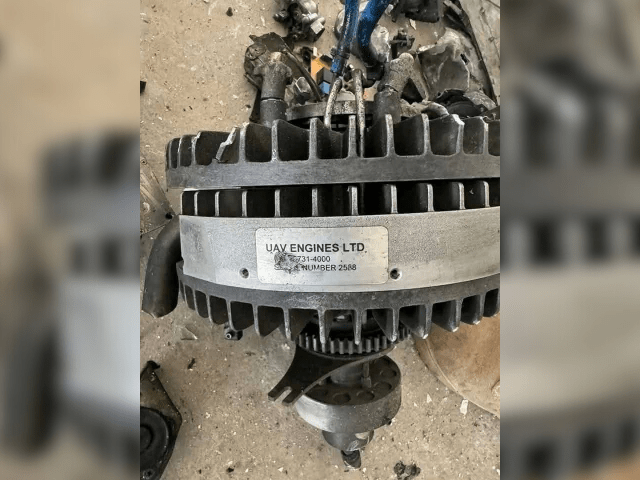The Pakistani army has confirmed the interception and destruction of 25 Indian drones on several locations, notably Lahore, Gujranwala, Rawalpindi, Chakwal, Bahawalpur, Mianwali, Karachi, Chor, Miano and Attock.
Announcing the development Thursday, the director general of inter-service public relations (DG ISPR), Lieutenant-General Ahmed Sharif Chaudhry, stressed that the international community can clearly attend the dangerous trajectory that India follows these provocative military actions, which threatens not only regional stability, but also broader global security.
The drone strike follows a recent Indian missile attack that martyred 31 people and injured 57 in several places across Pakistan.
Israeli weapons used to attack Pakistan
The drones used by India in the latest attacks have been identified as HAROP MK 2 models of Israeli manufacture, which are high altitude surveillance drones capable of flying up to 35,000 feet, beyond the most standard anti-aircraft cannons.
The engine, produced by UAV Engines LTD, based in the United Kingdom, has been recovered intact with brands of visible manufacturers. This marks the first successful interception of this world -scale drone model.
After the strong reprisals of Pakistan Air Force at the Indian air strikes from May 6 to 7, during which several Indian fighter planes were slaughtered, security sources suggest that the Indian Air Force now hesitates to launch other inhabited missions.
Security officials added that India is trying to divert attention from its military setbacks and pursue provocative actions to appease its domestic audience.
The armed forces of Pakistan remain on alert, responding to each act of aggression with what those responsible describe as a “firm and proportionate” approach.
The last escalation occurs after the attack on April 22 in Pahalgam, the Indian illegally occupied the Jammu and the cashmere (iiojk), which killed 26 people. India immediately blamed the elements of Pakistan for the attack, but provided no evidence. Islamabad firmly rejected the accusations.
In retaliation, India closed the land border of Wagah on April 23, suspended the Industry Water Treaty and revoked the Pakistani visas. Pakistan responded by declaring any disruption of the water flow a “act of war” and by closing the passage to Wagah on its side.
Immediate reprisals of Pakistan in the Indian attack
Reports began to emerge Wednesday from all over Pakistan, notably Muzaffarabad, Kotli, Muridke and Bahawalpur, detailing the explosions.
Shortly after, Lieutenant-General Chaudhry confirmed that the Indian air strikes had targeted several locations. Pakistan’s response was rapid, involving both air and land operations.
During the first hour, Pakistan announced the decline in five Indian fighter planes, including four Rafale planes – Advanced plane bought by India in France to strengthen its defenses following the failure of Balakot operation.
“Pakistan could have killed 10 Indian hunting planes,” said Lieutenant-General Chaudhry at a press conference. “But Pakistan has chosen to exercise a restraint.”
Despite the magnitude of Pakistan’s response, the Indian media remained silent on losses. The Hindu newspaper initially pointed out the drop in three Indian jets, but the story was then removed, perhaps under pressure from the Indian government to avoid more embarrassment.
An American commentator from CNN pointed out that the potential loss of Rafale planes would have a significant blow to the claim of the air superiority of India, which it had built around the induction of these war aircraft of French manufacturing.
Some experts have suggested that the confrontation between the two countries served as a test of Chinese and Western military technologies, in particular after Pakistan acquisition of China J-10C jets in response to the Rafale Fleet of India.
A senior French intelligence official confirmed to CNN that a burst aircraft had indeed been killed by Pakistan, marking the first time that one of these advanced French planes had been lost in combat.
Analysts noted that the Chinese J-10C jets, which Pakistan acquired after the Rafale induction of India, prove to be very effective, potentially deploying the regional balance of powers.




